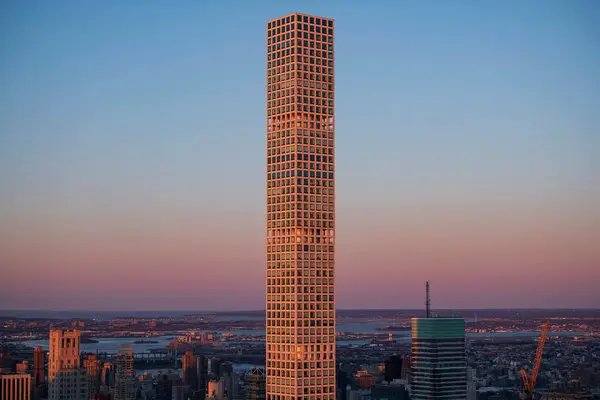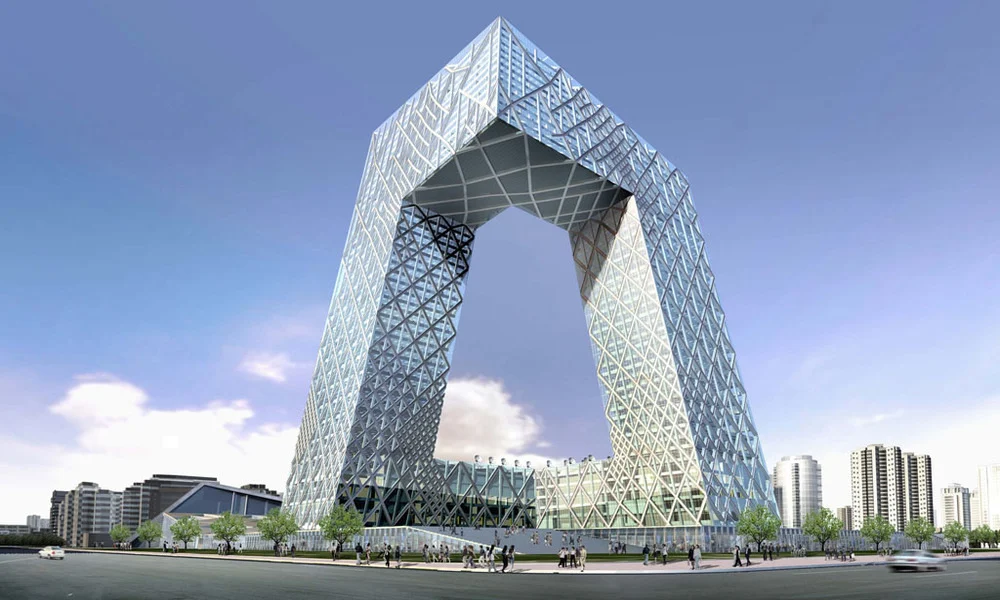Cities are evolving, and with them, the way people live, work, and interact. Mixed-use buildings are the new urban development stars redefining city life. These all-in-one spaces seamlessly blend residential, commercial, and recreational facilities, creating vibrant communities that meet diverse needs without the long commutes.
Whether you’re grabbing a coffee downstairs, working in a coworking space, or heading to a yoga class just an elevator ride away, mixed-use buildings are transforming how we experience urban living.
Here’s a closer look at why these innovative spaces are growing in popularity and how they’re shaping the cities of tomorrow.
1. Convenience at Its Core
Imagine living in a building where you can get your groceries, dine at a restaurant, and even attend meetings without stepping outside. Mixed-use developments are built for convenience, packing an ecosystem of amenities into a single location.
For urban residents, this minimizes travel time, fosters a healthier work-life balance, and reduces dependency on vehicles. Mixed-use buildings create “15-minute neighborhoods,” where everything you need is accessible within a short walk or bike ride. This hyper-local focus aligns with the needs of increasingly time-strapped city dwellers.
2. Fostering Community Connections
Modern city life can sometimes feel isolating, but mixed-use developments offer an antidote by promoting community interaction. By incorporating public spaces like parks, cafes, and event hubs, these buildings encourage meaningful connections among residents and visitors.
Take, for example, urban rooftops converted into shared gardens. Residents and business owners gather here for social events, creating opportunities for people to connect beyond just passing each other in elevators. These spaces are designed to foster collaboration and a sense of belonging, making city life feel less impersonal.
3. A Boost to Local Economies
Mixed-use buildings don’t just benefit those who live and work in them, they’re powerhouses for local economies. By integrating businesses like retail stores, fitness centers, and coworking spaces, these developments attract foot traffic and stimulate economic activity.
For small business owners, being part of a mixed-use building offers the advantage of built-in customer bases. Meanwhile, residents benefit from having essential services nearby, while local governments enjoy increased tax revenues from thriving commercial spaces.
4. Environmental Sustainability
Sustainability is a driving force behind the rise of mixed-use buildings. These developments encourage walkability and reduce car usage, significantly cutting down on greenhouse gas emissions. Many are designed with eco-friendly construction materials, energy-efficient systems, and green spaces that enhance urban ecosystems.
In addition, by consolidating multiple functions in one structure, mixed-use developments use land more efficiently, addressing urban sprawl. Vertical integration, such as combining housing with public transit hubs or offices, minimizes environmental impacts while maximizing utility.

5. Adapting to Changing Lifestyles
Today’s residents seek more flexibility in their living and working conditions, and mixed-use buildings deliver just that. The integration of coworking spaces or remote-work-friendly facilities caters to professionals in an age of hybrid work. At the same time, the on-site amenities and communal spaces meet the needs of families, singles, and retirees alike.
These developments also appeal to younger demographics who value experiences over possessions. A mixed-use building might host pop-up events, art exhibits, or food festivals within its walls, catering to people seeking vibrant, dynamic living environments.
Conclusion
Mixed-use buildings are far more than a passing trend; they’re the future of urban living. By blending convenience, sustainability, and community into one innovative design, these developments solve many of the modern challenges cities face. They bring neighborhoods to life, reduce environmental footprints, and adapt to the changing needs of urban dwellers.

